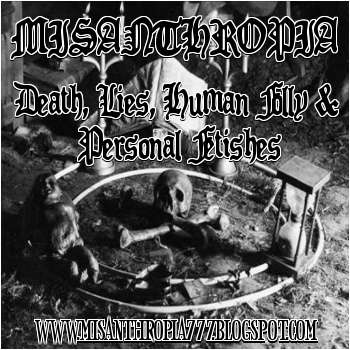 From Wikipedia, the free encyclopedia
From Wikipedia, the free encyclopediaDirected by Andrew Leman
Produced by Sean Branney
Andrew Leman
Written by Sean Branney
Music by Troy Sterling Nies
Ben Holbrook
Nicholas Pavkovic
Chad Fifer
Editing by David Robertson
Distributed by H. P. Lovecraft Historical Society
Release date(s) October 1, 2005
Running time 47 min.
Country United States
Language English
Norwegian
Tongue of the Great Old Ones
The Call of Cthulhu is a silent movie adaptation of the H. P. Lovecraft short story of the same name, produced by Sean Branney and Andrew Leman and distributed by the HP Lovecraft Historical Society. It is the first film adaptation of the famous Lovecraft story, and uses Mythoscope, a blend of vintage and modern filming techniques intended to produce the look of a 1920s-era film.
Plot
The film adheres very closely to Lovecraft's story, but there are a few changes. The sailors aboard the Emma first encounter the Alert abandoned at sea, rather than crewed by Cthulhu cultists as in the original story. Additionally, the film depicts the narrator present at the time of his great-uncle's death, who dies peacefully in his sleep, rather than being summoned upon the mysterious death of his great-uncle, who was presumably killed by Cthulhu cultists in the original short story. The narrator (Matt Foyer) notes as well that Inspector Legrasse, who had directed the raid on cultists in backwoods Louisiana, had died before the narrator's investigation began.
In the original story, the narrator does not seem to end in a lunatic asylum or experience any mysterious nightmares himself.
Production
Early on in production, Branney and Leman decided to film it as a black-and-white silent movie. While the official site claims this was done to show what the film would have looked like had it been made in 1926, when the story was first published, on the DVD commentary the producers admit that shooting in black and white provided many other benefits. When using black and white cinematography, a filmmaker does not need to be as picky about the materials and decoration of sets, as the colours will not appear in the final product.
Release
The film is currently in DVD release. It has been selected to appear at numerous film festivals, including the 2006 Sundance Film Festival and North America's largest, the 2006 Seattle International Film Festival, where it sold out both screenings thanks in part to a glowing review from The Stranger, a local paper.
Despite the long-standing conventional wisdom that this story was inherently "unfilmable", the film garnered a mostly positive reception from genre reviewers. Paul di Filippo of Science Fiction Weekly went so far as to call it "the best HPL adaptation to date," labeling the decision to adapt it as a silent film "a brilliant conceit."











 "He who can, does. He who cannot, teaches."
"He who can, does. He who cannot, teaches."



 "Being is substance and life; life manifests by movement; movement is perpetuated by equilibrium; equilibrium is therefore the law of immortality.
"Being is substance and life; life manifests by movement; movement is perpetuated by equilibrium; equilibrium is therefore the law of immortality.


 "The doctrine of equality!... But there exists no more poisonous poison: for it seems to be preached by justice itself, while it is the end of justice.... "Equality for equals, inequality for unequals" that would be the true voice of justice: and, what follows from it, "Never make equal what is unequal."
"The doctrine of equality!... But there exists no more poisonous poison: for it seems to be preached by justice itself, while it is the end of justice.... "Equality for equals, inequality for unequals" that would be the true voice of justice: and, what follows from it, "Never make equal what is unequal."



No comments:
Post a Comment
Note: Only a member of this blog may post a comment.